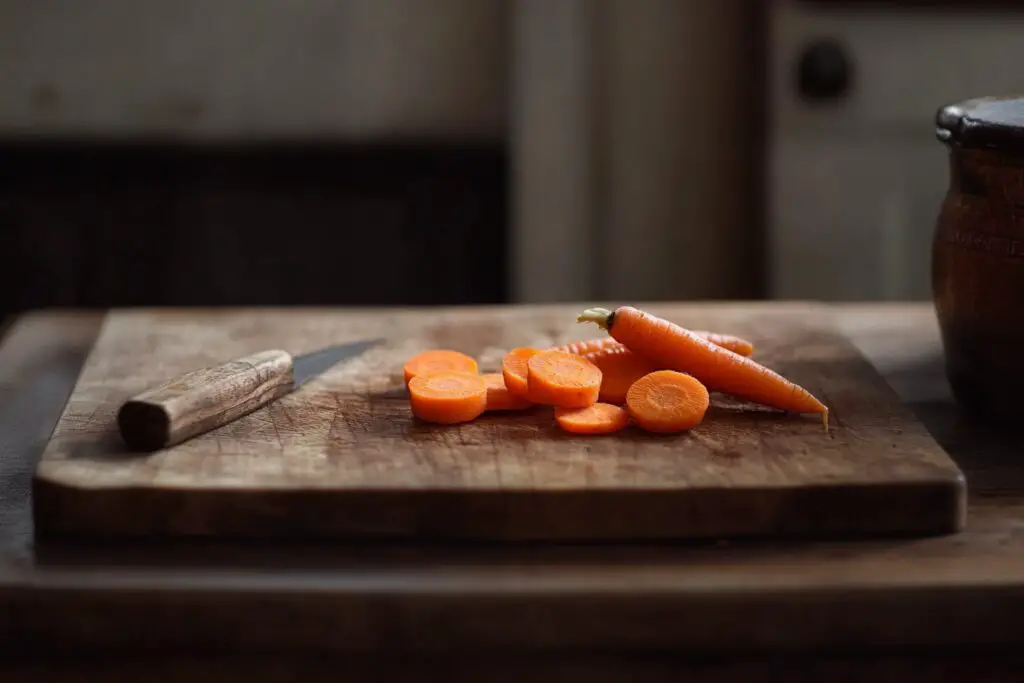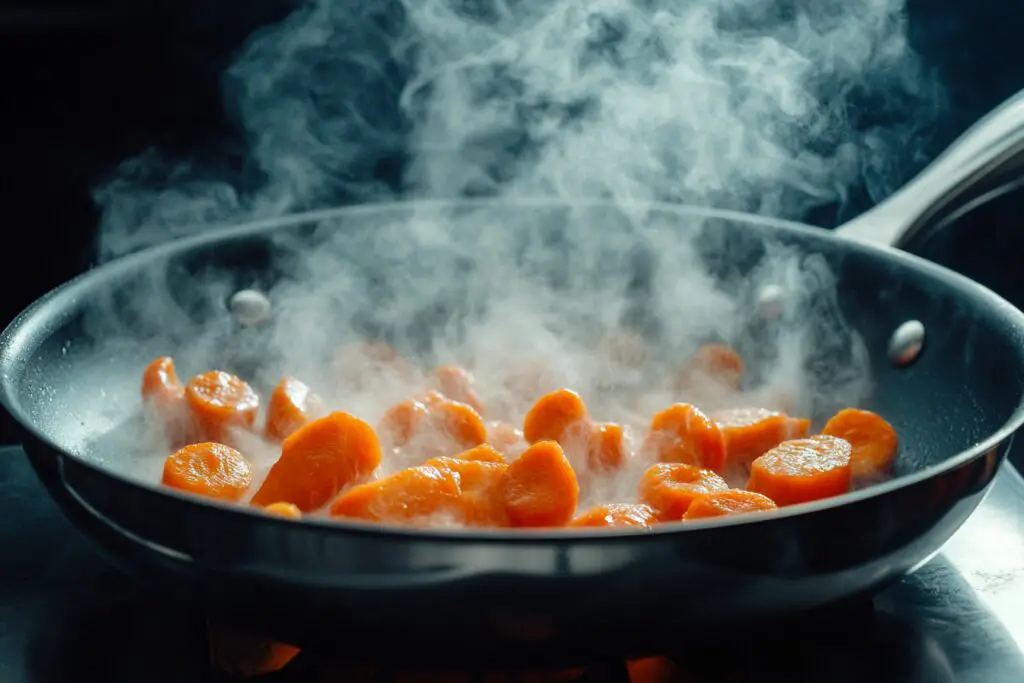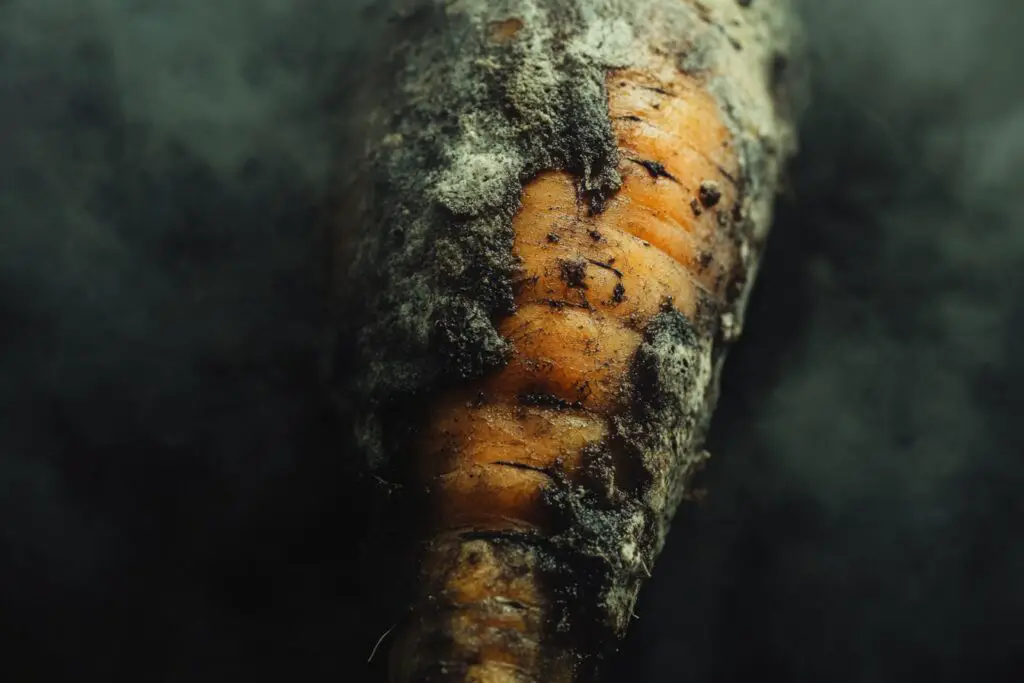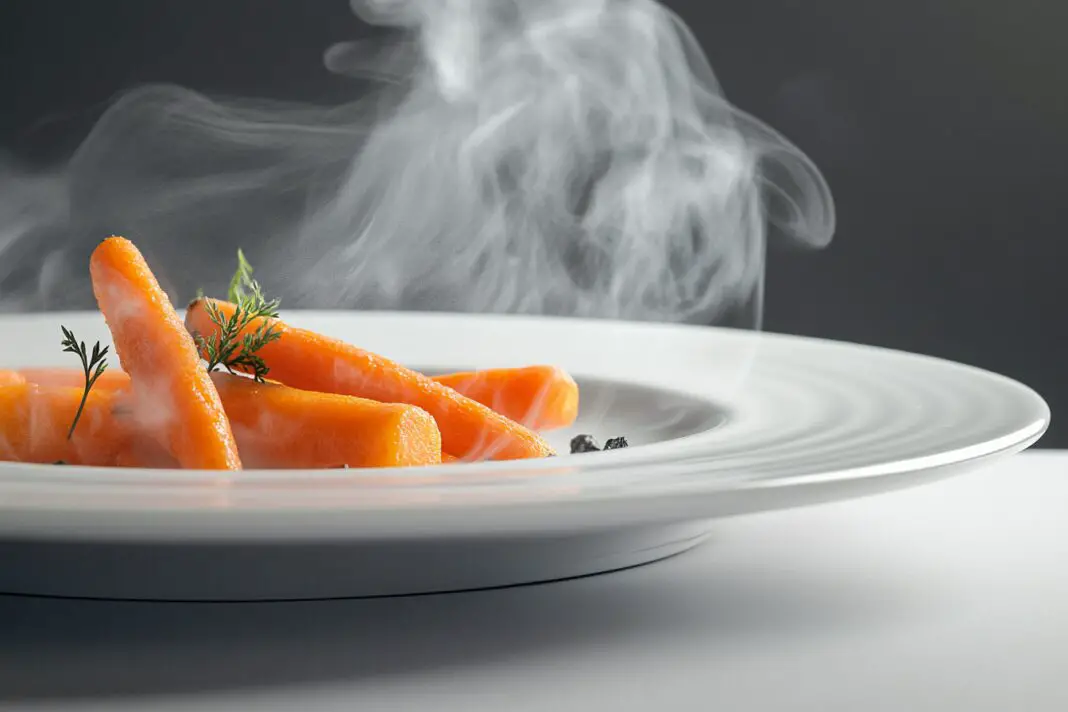Despite what you might have heard on social media, reheating carrots isn’t inherently dangerous. However, there are some important considerations about storage and preparation that can make a significant difference in both safety and quality. Understanding the science behind reheating these popular vegetables can help you make informed decisions about your leftover dishes.
The truth about nitrates in carrots

Contrary to widespread belief, carrots actually contain relatively low levels of nitrates compared to other vegetables. Research indicates that the real concern isn’t the reheating process itself, but rather how the carrots are stored between cooking and reheating.
When cooked carrots are left at room temperature for extended periods, naturally occurring bacteria can multiply rapidly. These bacteria might convert existing nitrates into potentially harmful compounds. The solution? Proper storage is key – refrigerate your cooked carrots within two hours of preparation.
Best practices for storing cooked carrots
Food safety guidelines recommend consuming refrigerated leftovers within 3-4 days. For optimal results, store cooked carrots in an airtight container and place them in the refrigerator when they’re still slightly warm – not hot enough to raise the fridge temperature, but not waiting until they reach room temperature either.
If you’re meal prepping, consider portioning your cooked carrots into single servings before refrigerating. This approach minimizes handling and reduces the number of times you’ll need to reheat the entire batch. What if you made too much? Cooked carrots freeze beautifully for up to six months.
Smart ways to reheat your carrots

The microwave isn’t always your best friend when it comes to reheating vegetables. Experts suggest alternative methods that better preserve both texture and flavor. The stovetop method – a quick sauté in a covered pan with a splash of water – often yields the best results.
For roasted carrots, consider using your oven’s broiler setting for 2-3 minutes. This method helps maintain that desirable caramelized exterior while warming the interior. Remember to place them on the middle rack to prevent burning.
When to skip the reheating altogether
Some dishes featuring carrots actually taste better served at room temperature or cold. Think Mediterranean roasted carrot salads or glazed carrot side dishes. Next time you’re cooking carrots, consider preparing them in a way that eliminates the need for reheating altogether.
For example, blanched carrots can be quickly refreshed in ice water and tossed into a salad, while roasted carrots can be pureed into a spread or dip that’s perfectly enjoyable straight from the fridge.
Signs your reheated carrots should be discarded

Trust your senses when evaluating leftover carrots. Any signs of mold, an off-putting smell, or slimy texture are clear indicators that it’s time to discard them. Remember that harmful bacteria aren’t always visible to the naked eye, which is why following proper storage guidelines is crucial.
What would happen if you accidentally left cooked carrots out overnight? While it might be tempting to just reheat and eat them, the potential risk isn’t worth it. When in doubt, it’s better to start fresh.
The bottom line? Reheating carrots isn’t inherently dangerous when proper food safety protocols are followed. Focus on quick refrigeration after cooking, appropriate storage methods, and consuming your leftovers within a reasonable timeframe. By following these guidelines, you can safely enjoy your carrot dishes multiple times while maintaining both safety and flavor.

